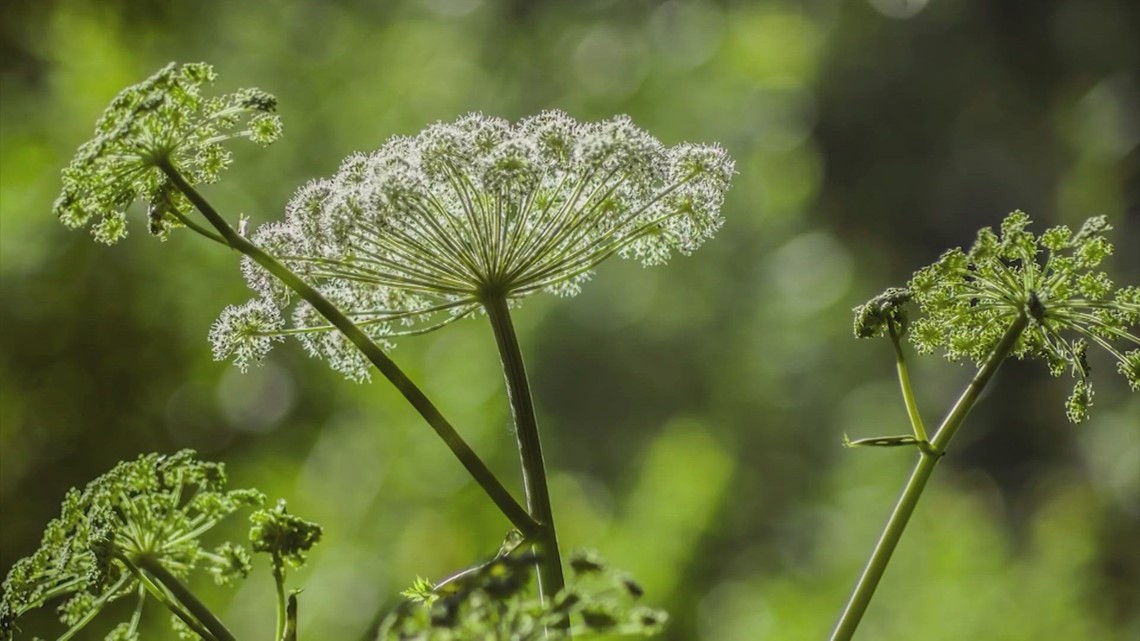A woman had a terrifying close run in with death while attending to her garden.
Reading that, you’d probably think a herd of buffalo invaded her yard, but her almost fatal experience was down to a innocent-looking flower.
Kenzie Kizer, from Lancaster, Texas, was doing some weeding in her garden when she all of a sudden felt unwell.
Taking to Facebook to detail her symptoms, Kenzie wrote: “Shortly after pulling the weeds my arms felt as if they were on fire.
“Less than an hour later my tongue started swelling, my skin was burning, my speech was slurred, I was dizzy, confused and shaky.”
She continued: “I started to feel as though my chest was tightening and I was struggling to breathe.”
Kenzie proceeded to take a shower to wash off anything she might have picked up in the garden to cause her to feel unwell – a decision which proved hugely beneficial.
While her symptoms eased after bathing, she still took herself to the emergency room where they confirmed that she’d been in contact with a poisonous plant called hemlock.

If you ingest hemlock, it can prove fatal and kill the person – or animal – who has eaten it in just three hours, as it causes your breathing muscles to fail.
While it isn’t thought that you can be poisoned from touching the plant, you can suffer the side effects of its poison if you inhale its fumes.
The fumes are often let off if the stem’s been cut.
But hemlock doesn’t scream danger like a Venus fly trap might; in fact, the deadly plant often gets mixed up wild parsnip, wild carrots or wild parsley.
“Severe symptoms can start within 15 minutes of ingestion,” the Cleveland Clinic warns. “Unfortunately, there’s no antidote. Therefore, be careful when handling poison hemlock or any other plants you’re unfamiliar with.”

Symptoms of hemlock poisoning include:
- Sweating
- Vomiting
- Dilated pupils (mydriasis)
- Excess salivation
- Dry mouth (xerostomia)
- Rapid heartbeat (tachycardia)
- High blood pressure (hypertension)
- Restlessness or confusion
- Muscle weakness and muscle twitches (myoclonus)
- Tremors and seizures
In more series cases, a person might suffer delayed complications such as slow heartbeat, low blood pressure and muscle paralysis.
Apparently, hemlock is invasive to Texas and is often found growing in moist soils near creeks and lowlands. It’s also found in roadside ditches and stream banks in the southernmost parts of the state.
It’s not just found in Texas either; hemlock is now ‘naturalized in almost every state in the United States’, according to the National Park Service.
